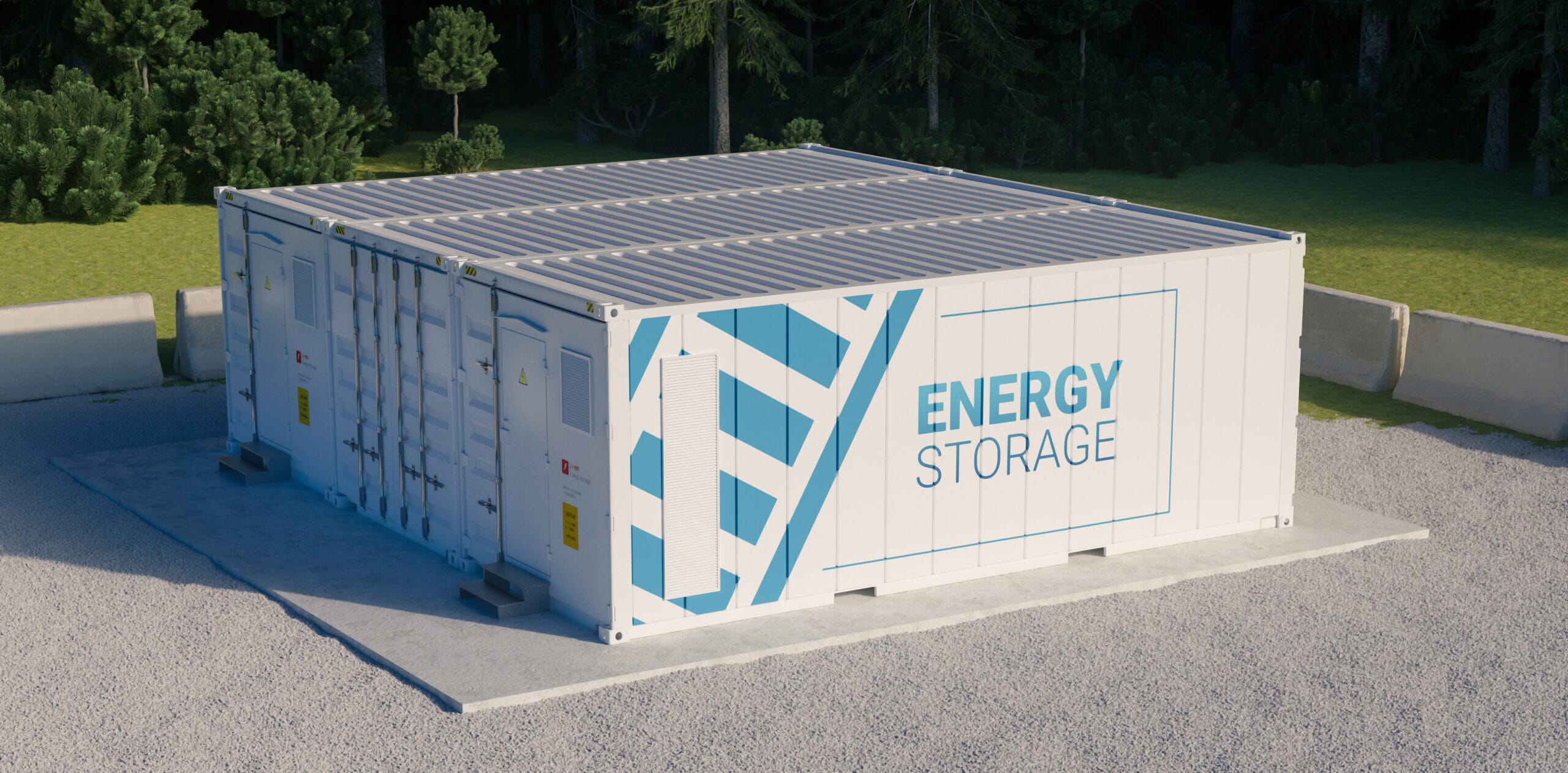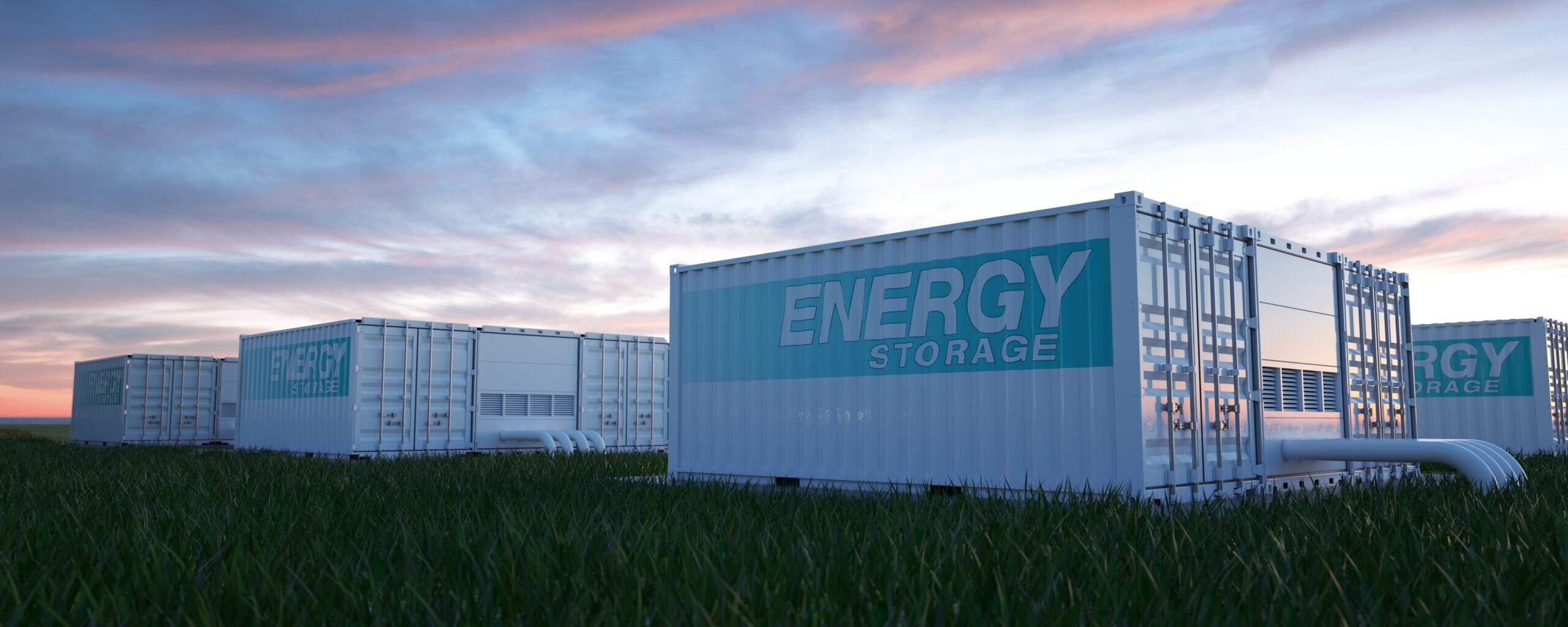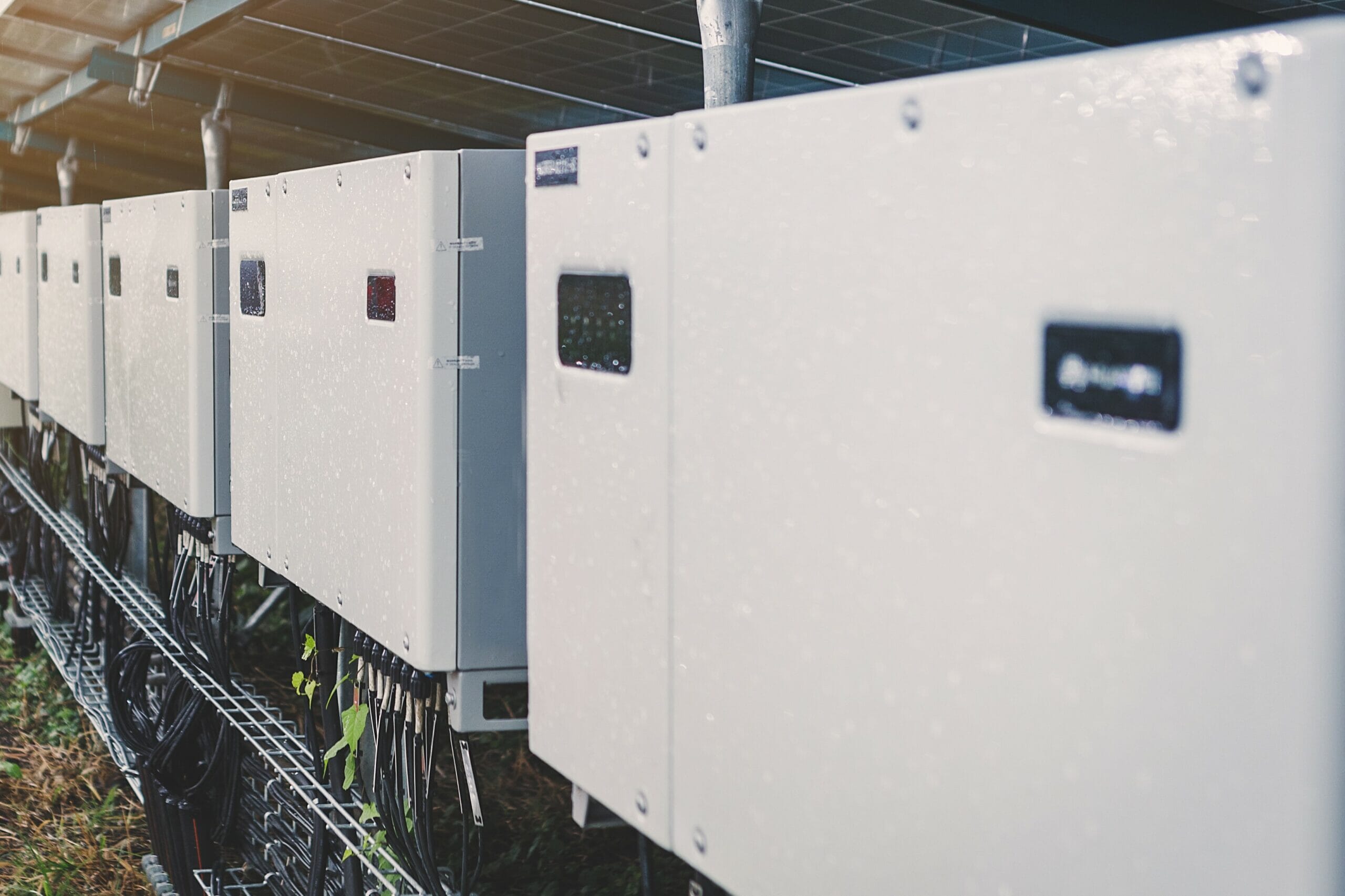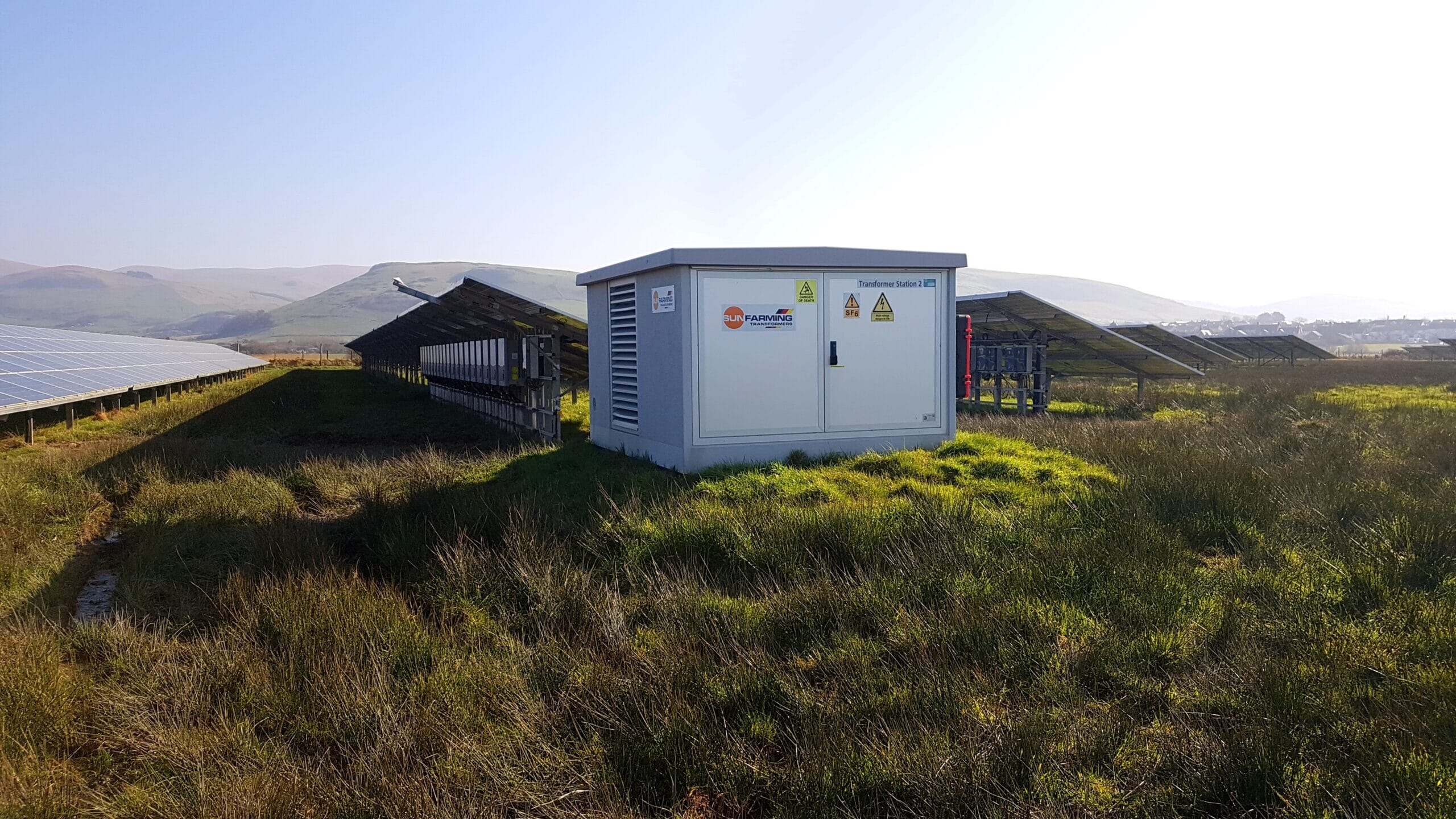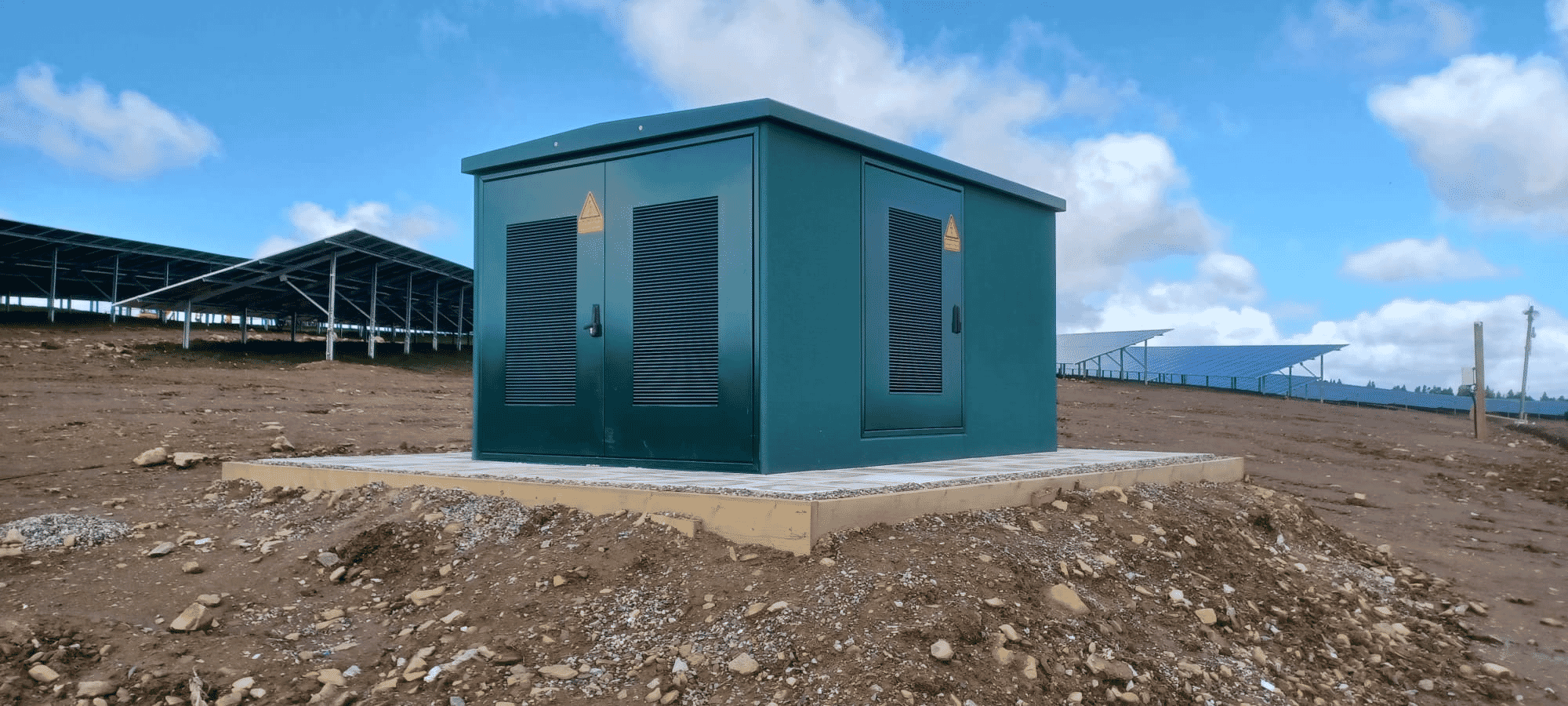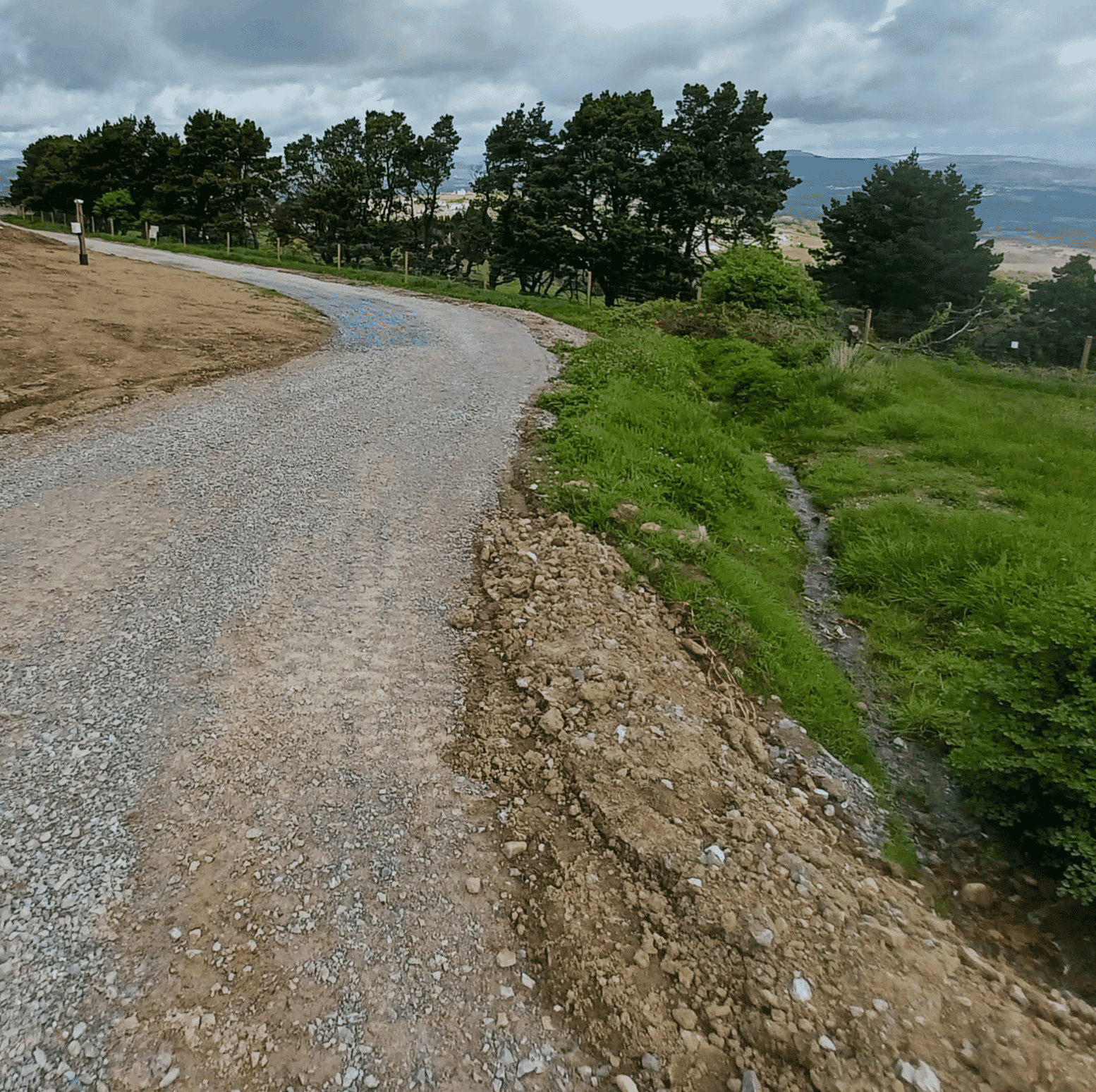Indroduction
Welcome to the Hall Farm Energy Storage System ‘ESS’ project website. We are pleased to confirm the Planning submission of our400 megawatt (MW) ESS to be located on land on Hall Farm, Norwich.
The development site covers approximately 84 acres including areas for access, landscaping, planting and biodiversity net gain.
The proposal would support the UKs transition to net zero and increased use of renewable energy through supporting the availability of energy to the National Grid. Renewable energy is characterised by its intermittent generation profile. For example, solar energy is produced during daylight hours, and wind generation fluctuates between seasons and during windy/less windy periods. Energy storage developments like the one proposed at Hall Farm provide a solution to this, by storing electricity from the grid at times of peak generation and releasing electricity back into the grid at times of peak demand. The proposal would provide a significant amount of energy storage capacity which is needed to balance the supply and demand for energy in the UK. It also facilitates the continued deployment of renewable energy onto the electricity network.
The site has been carefully selected and designed through a detailed assessment process considering heritage, landscape, ecological and environmental designations, access, flooding, transport and agricultural land quality. We have engaged a team of expert consultants to provide advice on the project.
An important part of the development process is to engage with the local community which was carried out by hosting a community consultation event at Swardeston Village Hall, Swardeston, Norwich, NR14 8DX in June 2024. We thank all who attended and provided feedback.
